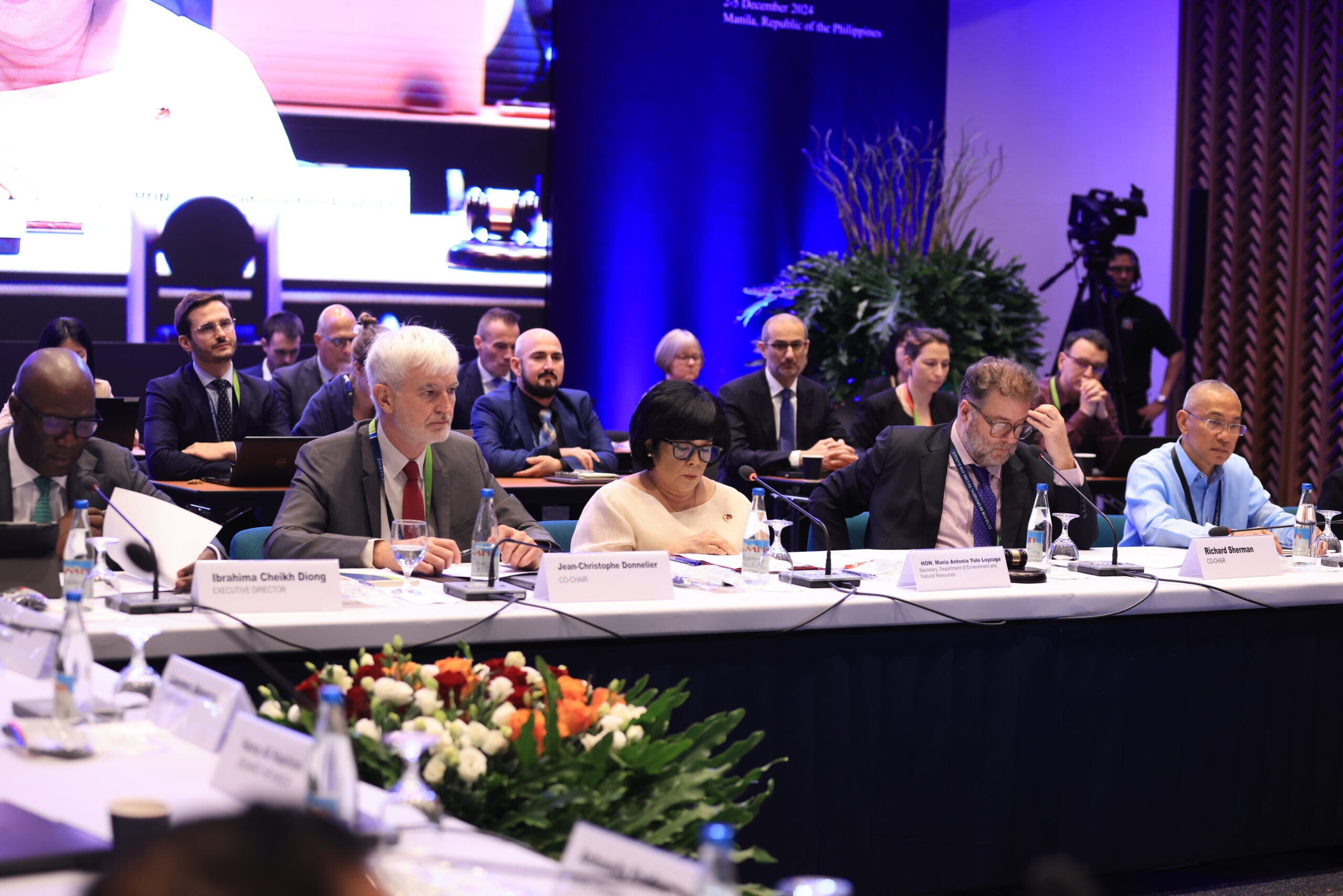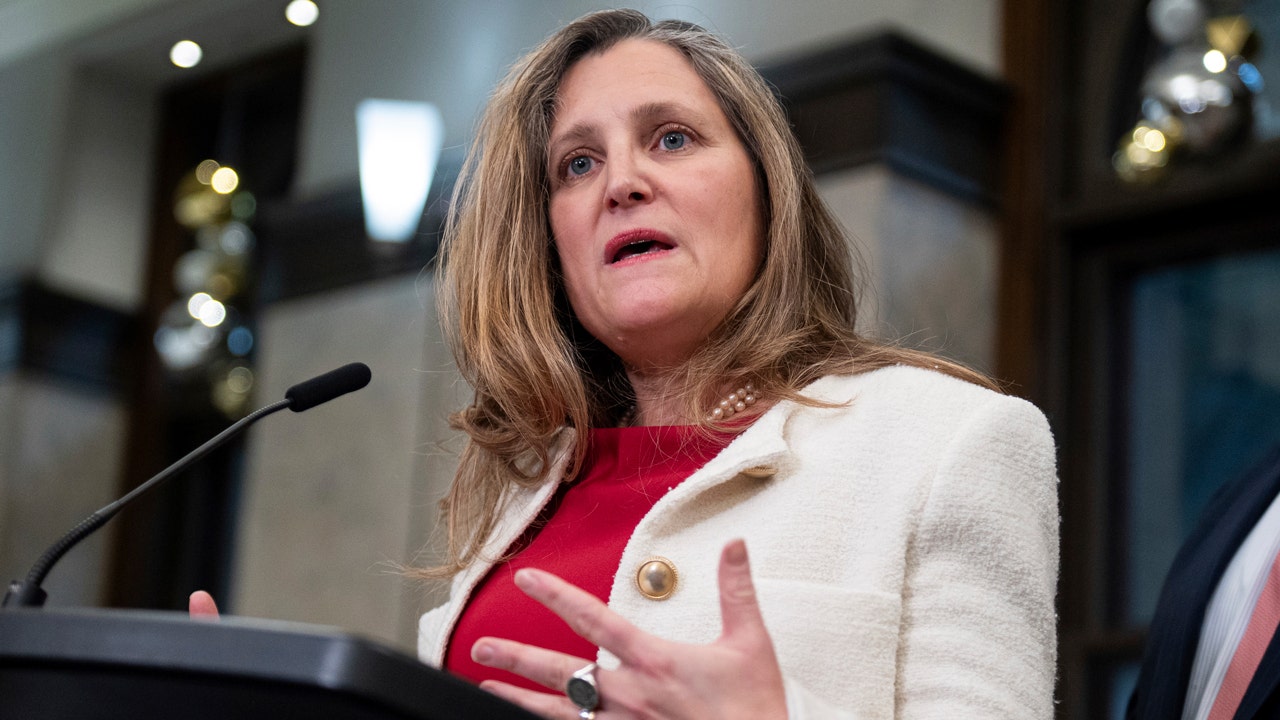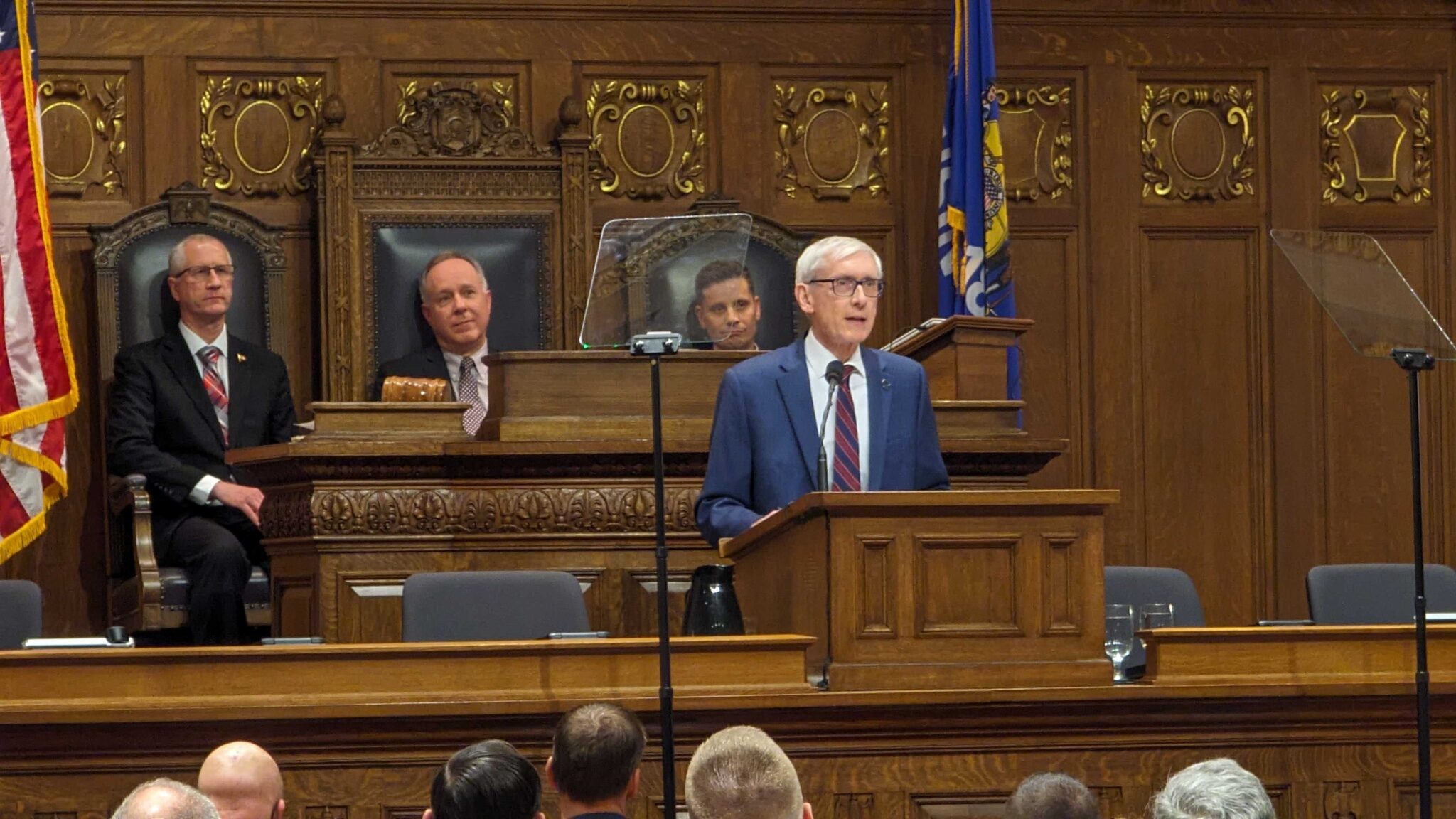- Fast-paced Momentum Stock Finance of America Companies (FOA) Is Still Trading at a Bargain
- Ciscom Retains Phoenix Corporate Finance for Significant Financing Facilities
- Rachel Reeves to take City bankers to Beijing in finance-focused talks
- Hong Kong Watchdog Searches Finance Firms’ Offices in Listings Probe
- Here’s What Could Happen to Your Money in Trump’s First 40 Days in Office
B4 FLRD Board meeting opening by Mrs. Maria Antonia Yulo-Loyzaga, Secretary of Environment & Natural Resources of The Philippines. Photo credit: Government of the Philippines
You are viewing: Loss and Damage Finance: the FRLD and Transforming Climate Finance Quality
The newly established Fund for responding to Loss and Damage (FRLD) represents more than just another funding mechanism – it’s an opportunity to reimagine how climate finance can work better for countries already experiencing the extreme impacts of climate change.
As the Fund prepares for its “start-up phase” in 2025, it has the potential to address longstanding quality issues that have kept climate finance from making positive climate impact, which are more important than ever as the international community gets for COP30 and to triple finance to developing countries, from the previous goal of USD 100 billion annually, to USD 300 billion annually by 2035 and secure efforts of all actors to work together to scale up finance to developing countries, from public and private sources, to the amount of USD 1.3 trillion per year by 2035.
Here’s how:
Setting the Foundation
At its recent board meeting in Manila, the FRLD Board took decisive steps toward operationalizing a bottom-up, country-led approach for 2025-2026. The newly established start-up phase will:
- Develop inclusive, country-led approaches that strengthen national responses to loss and damage
- Explore innovative financial instruments outlined in the governing instrument
- Test direct budgetary support through accessible channels
- Serve as a learning period to refine operational approaches
This ambitious agenda aligns and contributes to the newly agreed New Collective Quantified Goal (NCQG) on climate finance. The FRLD’s innovative approach could help ensure this unprecedented scale-up in climate finance truly serves developing countries’ needs.
Breaking Down Access Barriers
See more : Best money market account rates today, December 25, 2024 (up to 5.00% APY)
Simplifying Processes
One of the most persistent challenges in climate finance has been the complex, time-consuming process of accessing funds. The FRLD is taking a different approach. The Board has specifically mandated development of simplified procedures and fast-tracked screening processes for 2025.
Speed When It Matters
This streamlined approach could revolutionize how countries access support, especially in the critical moments following climate disasters. For example, the Fund will explore rapid response windows that can quickly channel resources to affected communities.
Putting Countries in the Driver’s Seat
The FRLD’s emphasis on country-led approaches reflects growing recognition that effective climate finance must align closely with national priorities and circumstances. The Board’s decision emphasizes:
- Direct budget support with clear, country-driven metrics
- Technical assistance aligned with national priorities
- Flexible approaches that respect country circumstances
Quality Over Quantity
While reaching the NCQG’s $1.3 trillion target is crucial, the FRLD reminds us that how money flows is just as important as how much. To this effect, the Fund will need to prioritize:
- Grant-based support to avoid increasing debt burdens
- Highly concessional finance when appropriate
- Direct access to resources for vulnerable countries
- Clear metrics to track impact and effectiveness
Learning by Doing
See more : S&P’s $18 trillion rally threatened by psychology of 5% yields
Perhaps most promising is the Fund’s commitment to learning and evolution. Rather than waiting to perfect every detail, the FRLD is taking an adaptive approach. Its start-up phase will:
- Test and refine operational approaches
- Build evidence for what works
- Enable rapid adjustments based on experience
- Share lessons with the broader climate finance community
Building Better Partnerships
The FRLD isn’t working in isolation. Its Board is outlining specific plans for coordination with:
- The Santiago Network for technical assistance
- Existing climate funds (Green Climate Fund, Global Environment Facility, Adaptation Fund, Climate Investment Funds)
- The Warsaw International Mechanism
- Other relevant stakeholders and networks
This collaborative approach promises to address fragmentation in climate finance while maintaining the Fund’s distinct focus on loss and damage.
The Road Ahead
As the FRLD moves from design to implementation, maintaining this focus on quality will be crucial. Success will require more than just disbursing funds quickly – it means ensuring those resources truly serve the needs of vulnerable communities facing climate impacts.
The coming year will be critical as the Fund establishes its operational procedures and begins processing support requests. If it can deliver on its promise of simplified access, country ownership, and adaptive management, the FRLD could set new standards for quality in climate finance that benefit the entire system.
For vulnerable countries and communities on the frontlines of climate change, that transformation can’t come soon enough.
Source link https://blogs.edf.org/climate411/2024/12/20/loss-and-damage-finance-the-frld-and-transforming-climate-finance-quality/
Source: https://summacumlaude.site
Category: News







